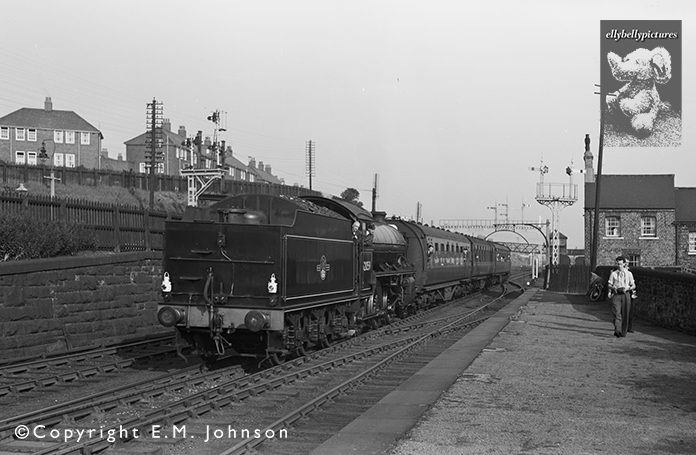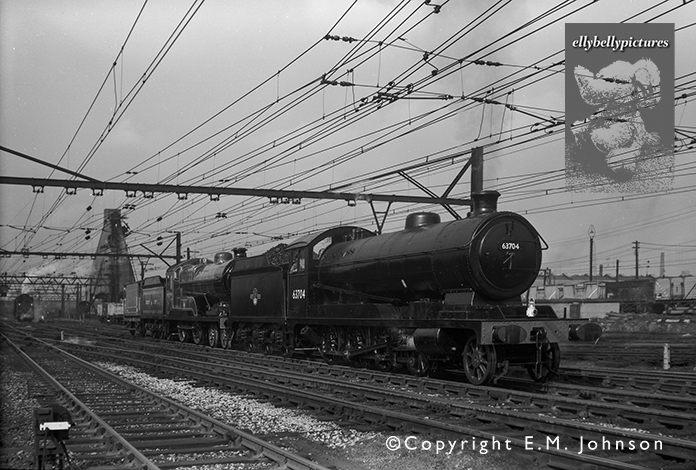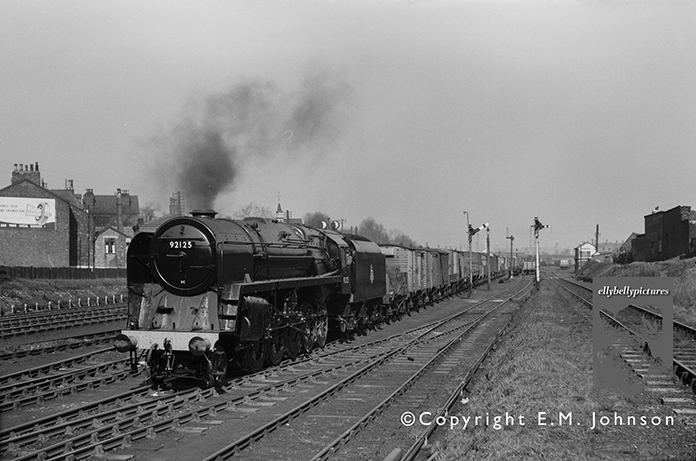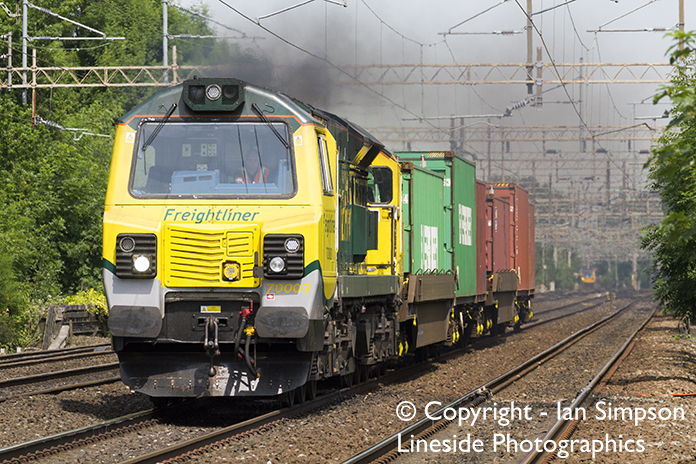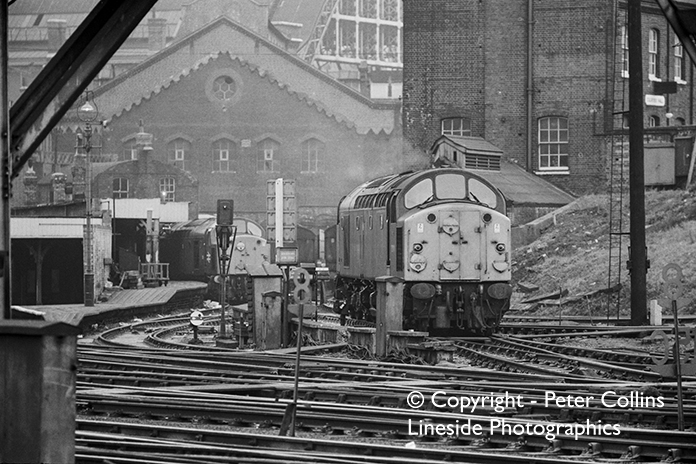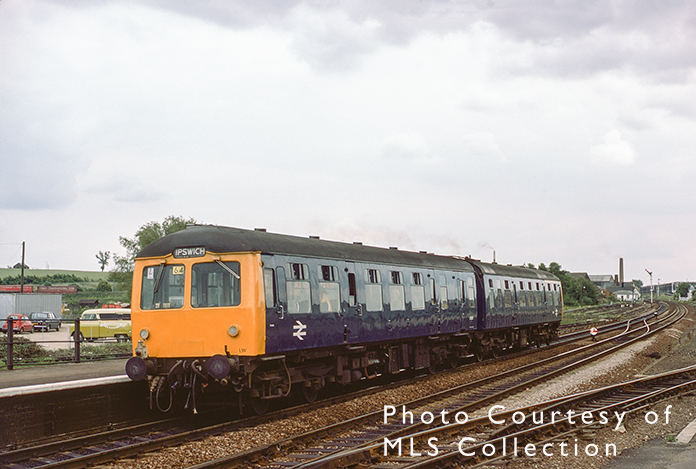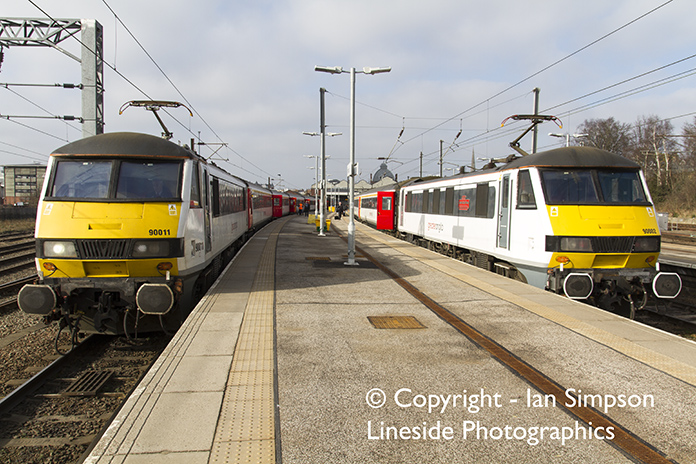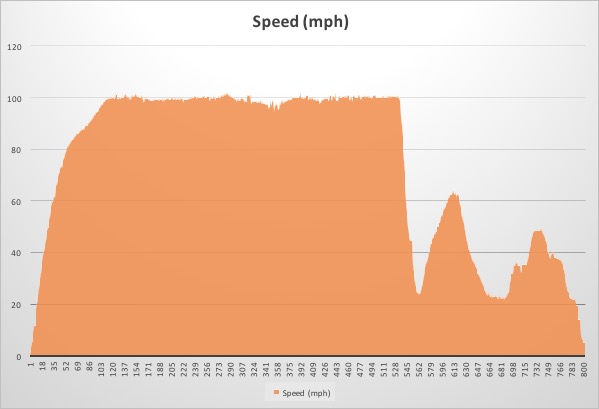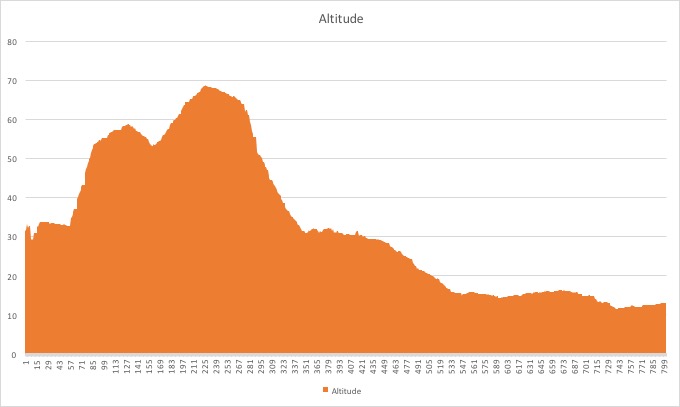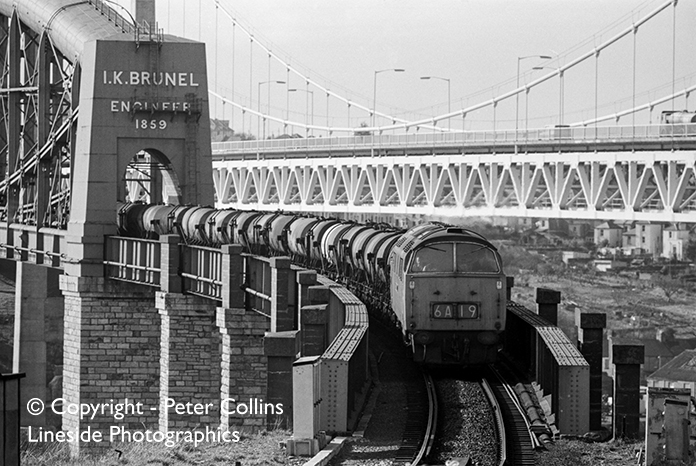
A new adventure for ellyBelly has begun – Glamour has come to ellyBelly Publications. Our first venture away from trains and planes has now gone live on our website, with more to follow in the future. Of course we couldn’t stray far from transport and industry just yet.
From Glorious Goodwood to a London Bus Depot, we’ve tried to keep to environments that appeal to our existing customers. We hope to add to our Glamour collections in the future, and all done in the best possible taste.
We are looking to offer these photographs as wall products too through our printing partner Loxley Colour. Prints will be delivered ready to hang up on your wall straight from the box!
Recreating times gone by provides a rich environment for the photographer, both from a heritage viewpoint and also for portrait photography. With this in mind, we will also be bringing what we call Vintage Photographs to ellyBelly Publications in the coming months.
Don’t worry, we will also be adding to our Railway and Aviation collections, bringing you the best images we can. Watch out for future news updates in this blog.

